Agronomic Insights

Dr. Kirsten Barlow – Precision Agriculture Principal Scientist
Nitrogen is a key investment into cropping systems, but it needs to be measured and managed correctly to maximise yields and return on investment.
Precision Agriculture’s extensive deep-nitrogen analysis highlights the crucial role of measuring soil mineral-nitrogen before finalising the nitrogen budget, and reveals some important considerations for N topdressing this season.
The importance of measuring soil mineral-nitrogen ahead of finalising the nitrogen budget for the year has once again been highlighted by the results of extensive deep-nitrogen (N) analysis conducted by Precision Agriculture P/L (PAPL) in Autumn 2023.
Precision Agriculture has compiled over 3,000 deep N soil tests from its soil database – Soli. 1,900 individual samples were taken ahead of winter cropping in SA, VIC and NSW in 2023, and an additional 1,100 analyses from 2022. Deep N sampling used in the analysis was a combination of 0-10,10-60 cm depths, 0-30, 30-60 cm depths and single 0-60 cm depths; with the data compared on 0-60cm mineral-nitrogen (ammonium N plus nitrate N) and kilograms per hectare basis.
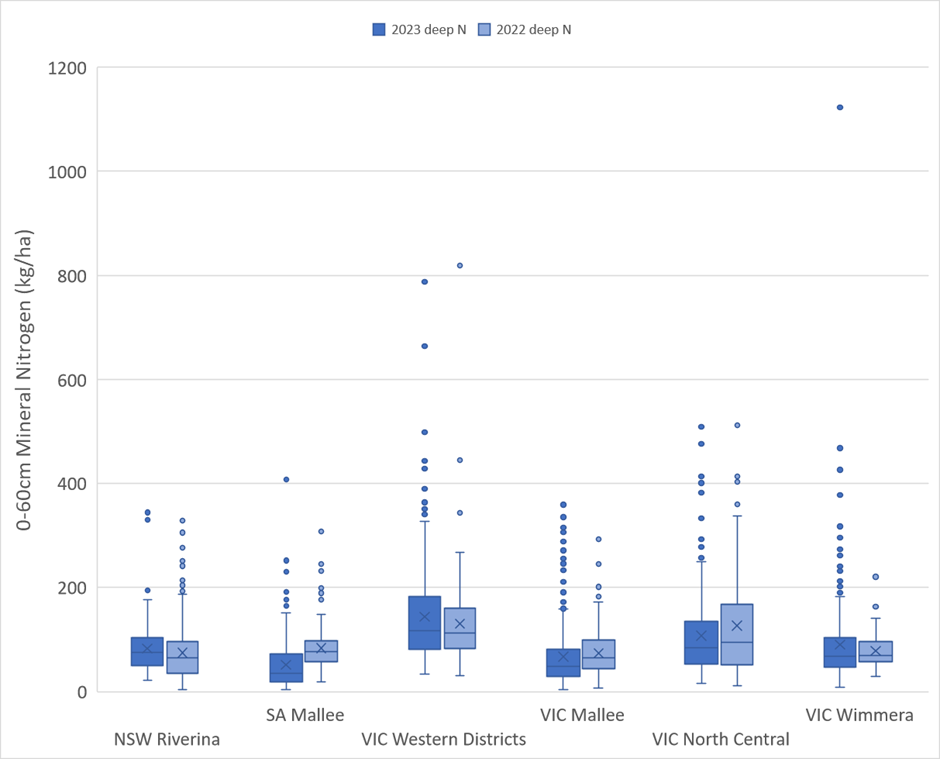
Observations
- Generally there is greater variability in the 2023 soil test results with more outliers,
- The upper range (top of the whisker) for each region are very similar year on year in the NSW Riverina, SA and Vic Mallee; while they were higher and Vic Western District and Wimmera, and lower in Vic North Central.
- High variability is observed across each region, driven by soils, management, crop types and the yields observed.
- In 2023, variability within a range maybe exacerbated by the impact of seasonal conditions including above average rainfall on individual properties.
- SA Mallee, VIC Mallee and VIC North Central all showed a decrease in both mean and median N values from 2022 to 2023. This is likely reflecting above average yields across these regions. This is also consistent with three years of strong yields in some regions which has consequently resulted in larger N deficits in these environments.
- These results highlight that measuring soil nitrogen each year is the only way to know your starting position.
When determining your nitrogen sampling strategy, it is important to consider the different soil types and stages of crop rotation across a property. It is also important to consider the intra-paddock variability to ensure that the sampling method and locations will best reflect nitrogen levels within a paddock as these can also vary significantly. This variation across a paddock is highlighted in the 0-30 cm mineral N sampled on a two-hectare grid in the Mallee in both 2022 and 2023 (Figure 2).
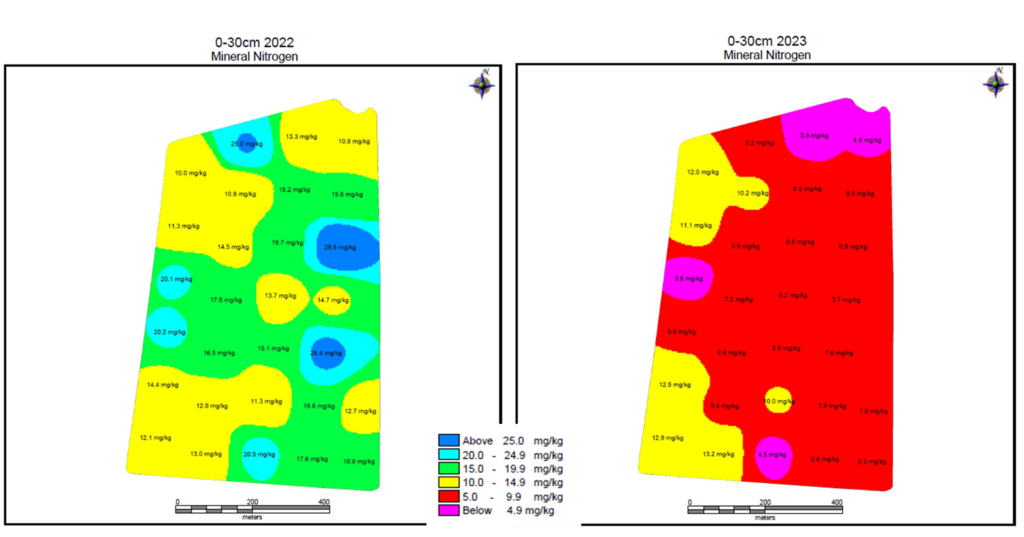
Replacing nitrogen to optimal levels in conjunction with existing subsoil moisture will put you on the front foot for the season ahead. Precision Agriculture is well positioned to assist you with creating a nitrogen strategy for the 2023 season.
Further Information
Please contact your nearest Precision Agriculture specialist for further information on 1800 773 247.
And for more information about Nutrient Advantage or nitrogen strategies you can contact
Lee Menhenett lee.menhenett@incitecpivot.com.au or
Jim Laycock jim.laycock@incitecpivot.com.au
Resources
DOWNLOAD INSIGHTDISCLAIMER
This is a guide only, which we hope you find useful as a general tool. While IPF has taken all reasonable care in the preparation of this guide, it should not be relied on as a substitute for tailored professional advice and IPF accepts no liability in connection with this guide. Incitec Pivot Fertilisers manufactures and sources fertilisers from other suppliers. The fertiliser supply chain extends beyond the company’s direct control, both overseas and within Australia. Incitec Pivot Fertilisers hereby expressly disclaims liability to any person, property or thing in respect of any of the consequences of anything done or omitted to be done by any person in reliance, whether wholly or in part, upon the whole or any part of the contents of this article.
You might also be interested in these
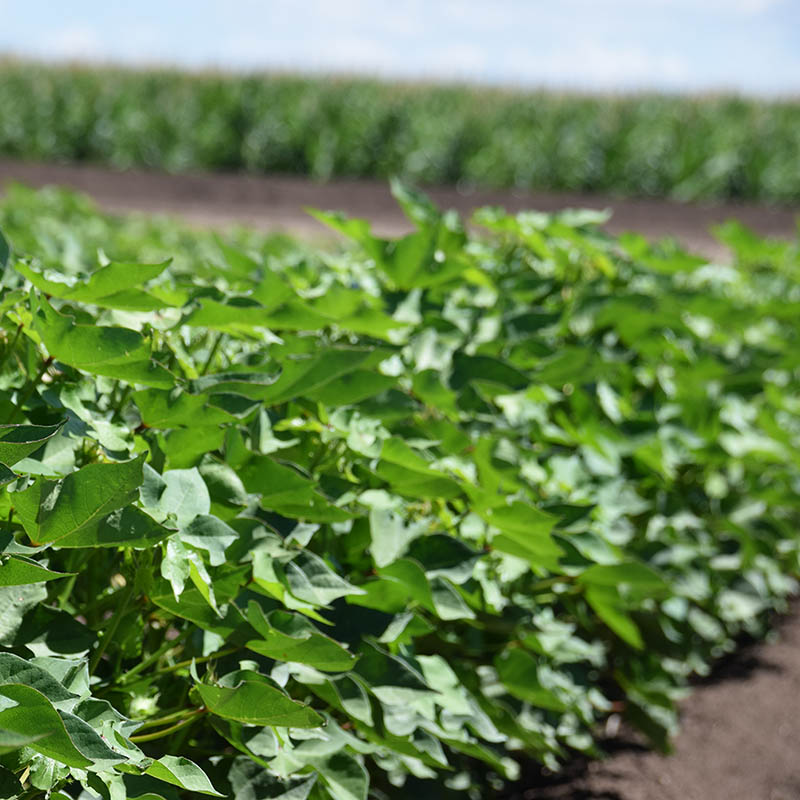
Summer Crop
Power up cotton with petiole testing
December / 2024
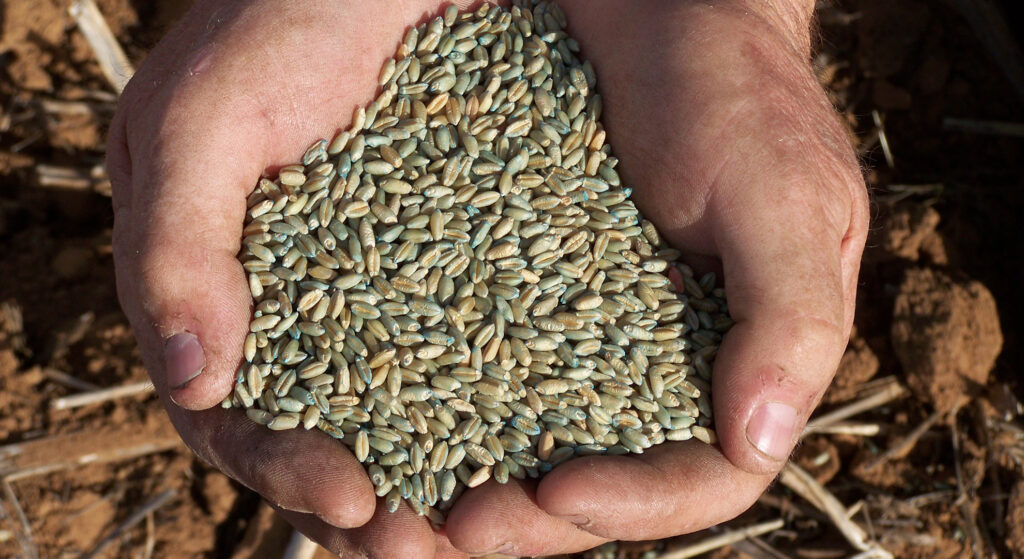
Winter Crop
Make grain testing a priority this harvest
October / 2023
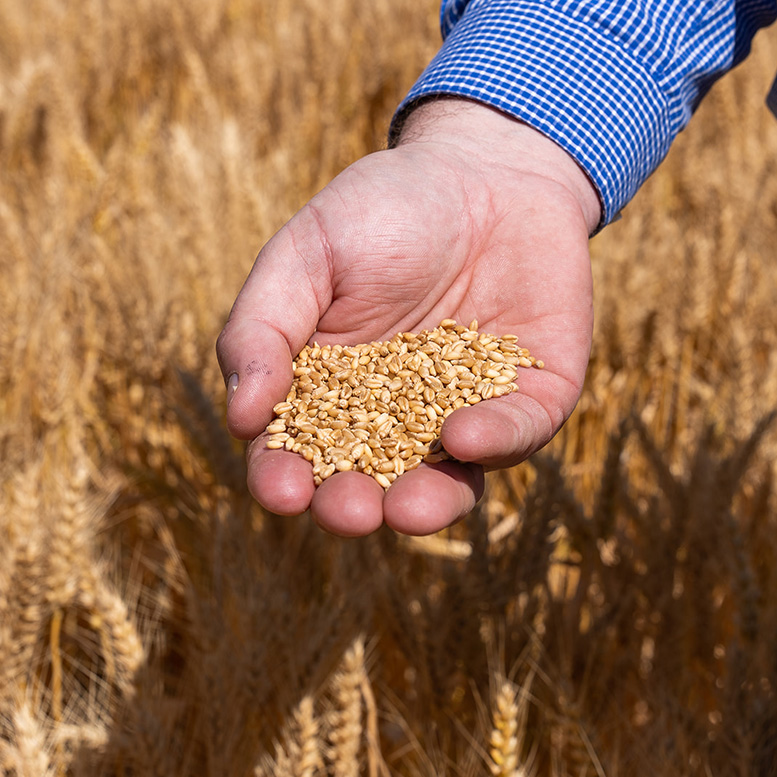
Winter Crop
Grain testing gives complete picture on nutrient levels
November / 2024
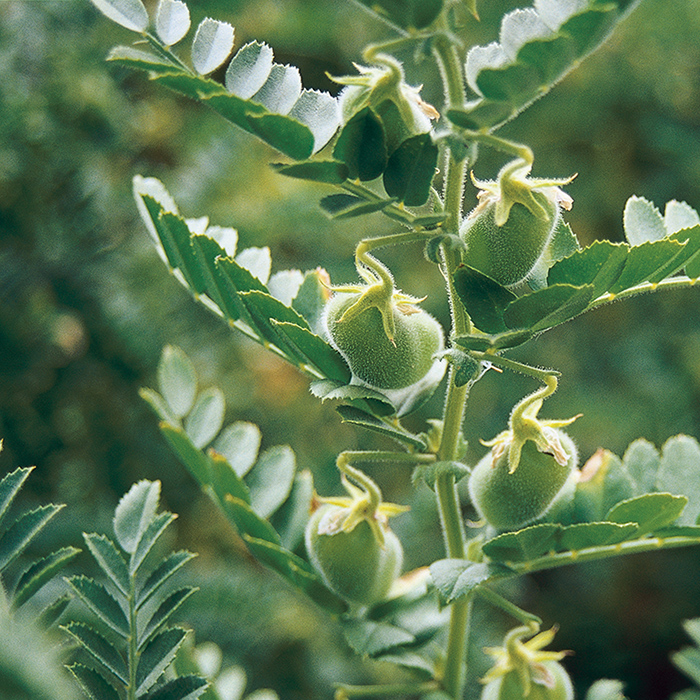
Winter Crop
Plant tissue analysis can get the most out of foliar K in chickpeas
August / 2024

